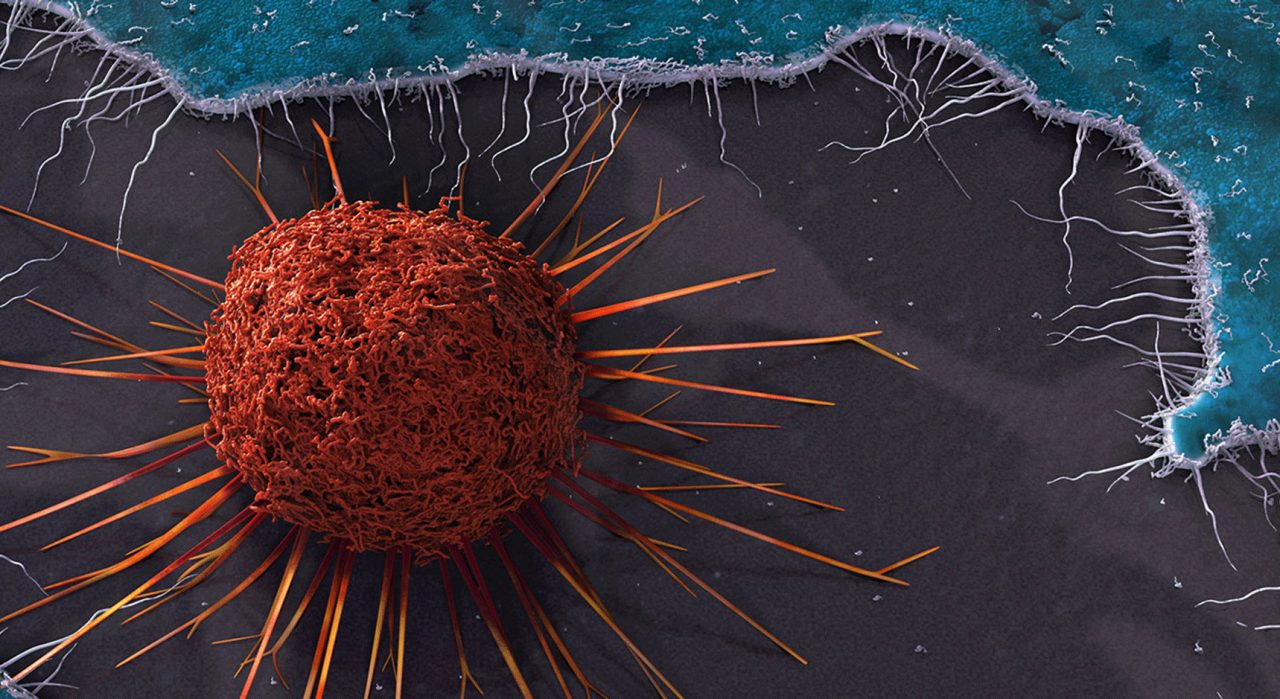Treatment for Cervical Cancer

Treatment for cervical cancer depends on the stage of the cancer. Other factors, including a patient’s health, impact the type of treatment for cervical cancer.
If you are diagnosed with cancer of the cervix (the narrow, lowermost part of your uterus), a variety of tests can determine the stage of the cancer based on the size of the tumor, depth of invasion (how far it has grown into your cervix), and how far it has spread.
While your treatment for cervical cancer depends largely on the stage of the disease, your doctor will also take into consideration your general health, age, and personal preferences when planning your cancer treatment.
The most common types of treatment for cervical cancer are surgery, radiation therapy, chemotherapy, and targeted treatment. Depending on the stage of cervical cancer, you may receive only one of those treatments or a combination of two or more.
YOU MIGHT ALSO LIKE: Staging of Cervical Cancer
For example, either surgery alone or radiation combined with chemo is often the treatment for the earliest stages of cervical cancer. A combination of radiation and chemotherapy is usually the primary treatment for later stages. The most advanced cases of cervical cancer are typically treated with chemotherapy drugs, the American Cancer Society points out.
Cone biopsy treatment for cervical cancer
Your doctor may use a cone biopsy, also called conization, to not only diagnose cervical cancer but also treat the disease, according to the National Cancer Institute (NCI). The surgical procedure involves removing a cone-shaped or cylindrical wedge of tissue from your cervix and cervical canal.
A pathologist then looks for signs of cancer cells. If the margins (outer edges) of the removed tissue contain cancer or cells that have precancerous changes, you may have cancer or pre-cancer in your cervix.
The type of conization procedure depends on the location of abnormal tissue (precancerous cells) or cancer cells.
Cone biopsy methods:
- Cold-knife conization uses a scalpel to remove abnormal tissue or cancer.
- For a loop electrosurgical excision procedure (or LEEP), a surgeon uses a thin wire loop with an electrical current passing through it to remove abnormal tissue or cancer.
- Laser surgery makes bloodless cuts in tissue with a laser beam (a narrow, intense beam of light) to remove a lesion or tumor on the surface of your cervix.
A cone biopsy for early-stage cervical cancer, or pre-cancerous cells, is the preferred procedure for women who want to have children after cancer treatment, the American Cancer Society points out.
Updated:
May 18, 2023
Reviewed By:
Janet O’Dell, RN